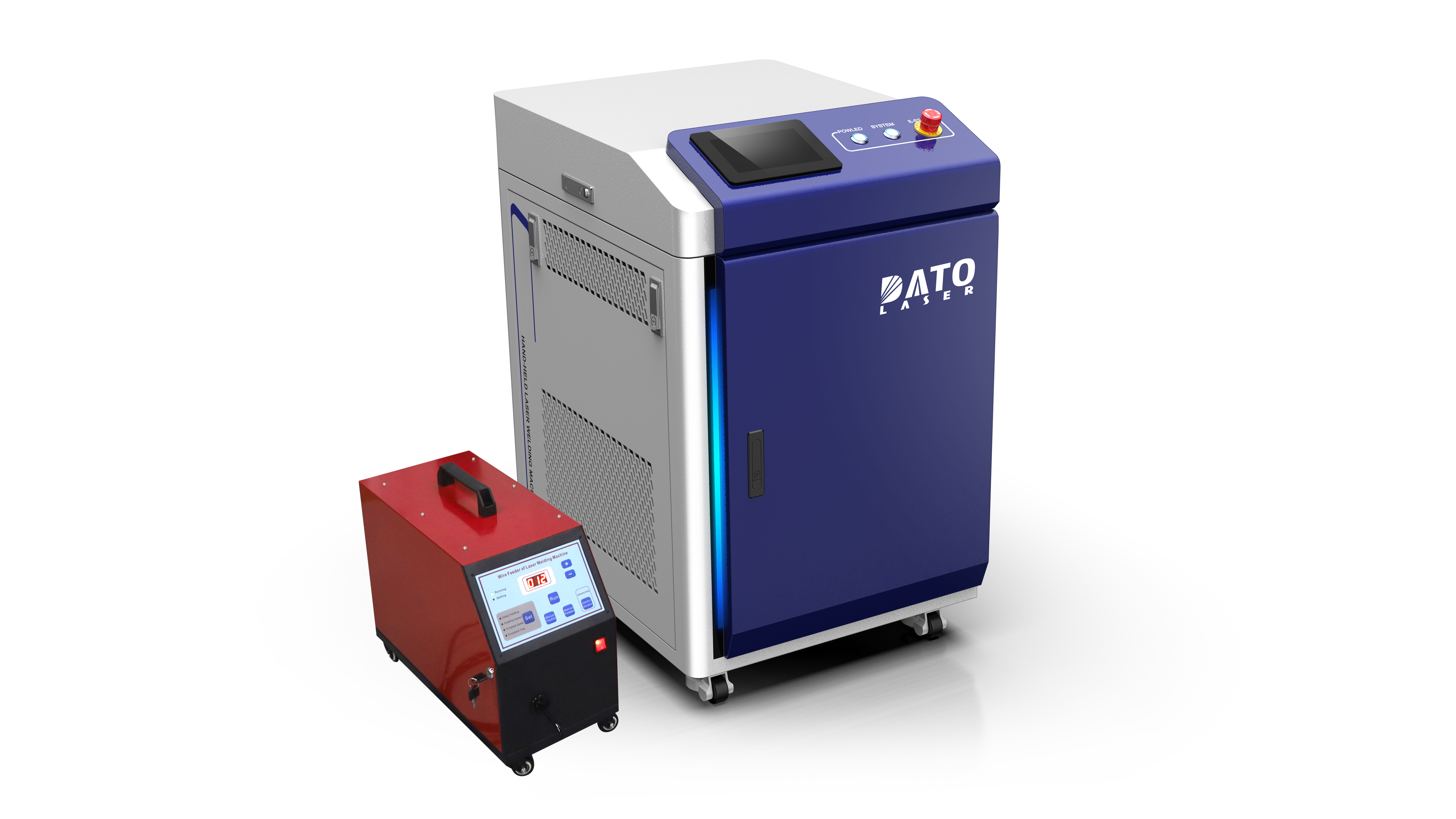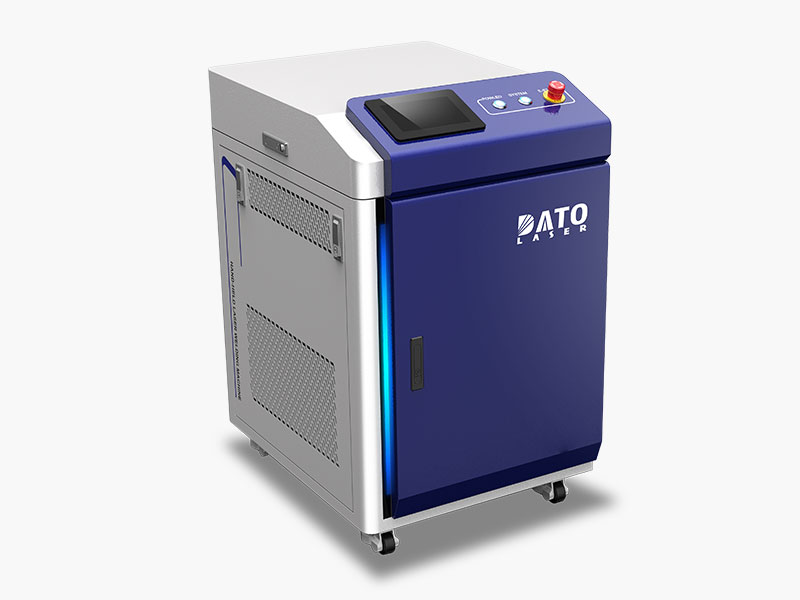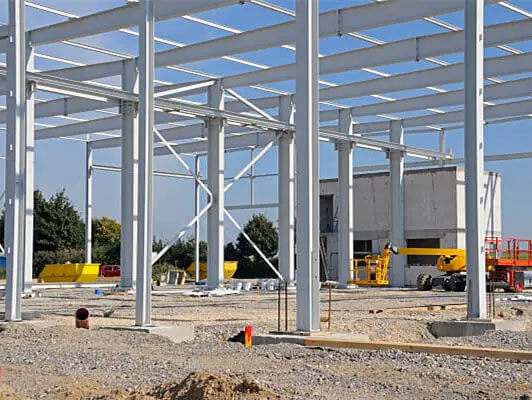How Does Focal Length Impact Laser Weld Quality?

Understanding Laser Welding Parameters for Optimal Results
Understanding Focal Length in Laser Welding Applications
In the realm of precision manufacturing, laser welding has revolutionized how we join materials. As a laser welding expert at DATO & Leapion with extensive experience in industrial laser applications, I've observed that focal length plays a crucial role in determining weld quality and overall process efficiency.
The Fundamentals of Focal Length in Laser Welding
Defining Focal Length in Laser Systems
The focal length in laser welding represents the distance between the focusing lens and the focal point where the laser beam concentrates its energy. This fundamental parameter significantly influences the beam's characteristics and, consequently, the welding process outcomes. Our DT-HJ Series laser welding systems incorporate advanced optical systems that allow precise focal length adjustment for optimal welding performance.
Relationship Between Focal Length and Beam Properties
Spot Size Correlation
The focal length directly affects the laser beam's spot size at the workpiece. Longer focal lengths typically result in larger spot sizes, while shorter focal lengths create smaller, more concentrated spots. This relationship is crucial for achieving specific weld characteristics and penetration depths.
Power Density Distribution
The focal length influences how power density is distributed across the weld area. Our industrial laser welding machines utilize this principle to achieve optimal energy distribution for different welding applications.
Impact on Weld Quality Parameters
Penetration Depth Control
Deep Penetration Welding
Shorter focal lengths generally provide deeper penetration due to higher power density. This configuration is particularly effective when working with thicker materials or when deep, narrow welds are required.
Surface Welding Applications
Longer focal lengths create wider, shallower welds, ideal for surface joining applications where minimal heat-affected zones are desired.
Weld Bead Characteristics
Bead Width Control
The focal length significantly influences weld bead width. Our laser welding systems allow precise focal length adjustment to achieve desired bead geometries for specific applications.
Surface Finish Quality
The relationship between focal length and surface finish quality is particularly important in visible welds where aesthetic appearance matters.
Material-Specific Considerations
Metal Welding Applications
High-Reflectivity Materials
When welding materials like aluminum or copper, focal length selection becomes crucial for managing reflectivity issues and ensuring stable welding processes.
Thin Sheet Metal Welding
Precise focal length control is essential for preventing burn-through while maintaining adequate penetration in thin material applications.
Multi-Material Welding
Dissimilar Metal Joining
The focal length must be carefully selected when joining dissimilar materials to manage different thermal properties and ensure strong, defect-free welds.

Process Optimization Strategies
Dynamic Focal Length Control
Real-Time Adjustment Systems
Our advanced laser welding systems incorporate dynamic focal length control, allowing real-time adjustments during welding to maintain optimal conditions.
Adaptive Process Control
Integration with feedback systems enables automatic focal length optimization based on real-time process monitoring.
Quality Assurance Measures
Process Monitoring
Continuous monitoring of focal length parameters ensures consistent weld quality throughout production runs.
Documentation and Traceability
Our systems provide comprehensive documentation of focal length settings and their relationship to weld quality metrics.
Industrial Applications and Best Practices
Automotive Industry Applications
Body Panel Welding
Precise focal length control is crucial for achieving consistent, high-quality welds in automotive body assembly applications.
Powertrain Components
Specialized focal length configurations are required for welding critical powertrain components where strength and precision are paramount.
Aerospace Manufacturing
Precision Components
The aerospace industry demands extremely precise control of focal length for critical component welding.
Quality Certification Requirements
Our systems meet stringent aerospace industry requirements for focal length control and documentation.
Practical Implementation Guidelines
Setup and Calibration
Initial Configuration
Proper setup and calibration of focal length parameters are essential for optimal welding results.
Maintenance Requirements
Regular maintenance and calibration of optical systems ensure consistent focal length control.

Conclusion
Understanding and properly controlling focal length is crucial for achieving high-quality laser welds. At DATO & Leapion, our expertise in laser welding technology and advanced systems enables precise control of focal length parameters for optimal welding results. Our commitment to continuous innovation and quality ensures that our customers receive the best possible support for their laser welding applications.
For more information about our laser welding solutions and how we can help optimize your welding processes through precise focal length control, contact our technical team at DATO & Leapion. Our experts are ready to assist you in achieving superior welding results for your specific applications.
Related Blogs
-
 Exploring the Safety, Precision, and Industrial Benefits of Laser Surface CleaningIn today’s fast-paced industrial world, where quality, efficiency, and sustainability are top priorities, manufacturers are constantly seeking better ways to clean metal surfaces without compromising material integrityBlog
Exploring the Safety, Precision, and Industrial Benefits of Laser Surface CleaningIn today’s fast-paced industrial world, where quality, efficiency, and sustainability are top priorities, manufacturers are constantly seeking better ways to clean metal surfaces without compromising material integrityBlog -
 A Complete Guide by DATO and LeapionIn modern industry, surface preparation and maintenance play a crucial role in achieving high-quality manufacturing results. Laser cleaning machines have emerged as one of the most innovative, efficient, and environmentally friendly tools for removing contaminantsBlog
A Complete Guide by DATO and LeapionIn modern industry, surface preparation and maintenance play a crucial role in achieving high-quality manufacturing results. Laser cleaning machines have emerged as one of the most innovative, efficient, and environmentally friendly tools for removing contaminantsBlog -
 Laser cleaning machines are revolutionizing industrial surface cleaning by offering a faster, safer, and more eco-friendly alternative to traditional methods. Whether removing rust, paint, oil, oxide, or other surface contaminants, laser cleaning has become a cutting-edge solution in manufacturing,Blog
Laser cleaning machines are revolutionizing industrial surface cleaning by offering a faster, safer, and more eco-friendly alternative to traditional methods. Whether removing rust, paint, oil, oxide, or other surface contaminants, laser cleaning has become a cutting-edge solution in manufacturing,Blog -
 Introduction: Transforming EV Battery Manufacturing Through Laser TechnologyThe electric vehicle revolution has accelerated dramatically over the past decade, bringing with it unprecedented challenges and opportunities in battery manufacturing. As global automakers commit billions to electrificationBlog
Introduction: Transforming EV Battery Manufacturing Through Laser TechnologyThe electric vehicle revolution has accelerated dramatically over the past decade, bringing with it unprecedented challenges and opportunities in battery manufacturing. As global automakers commit billions to electrificationBlog












